|
I am honoured to have my work featured by Cranbrook Academy of Art Artist-in-Residence Peter Lynch in the recent issue of Architecture Design.
I was a mentor to a group of high school art students for over 5 days. Working collaboratively on a theme set by Singapore's Ministry of Education, the students developed spatial propositions via models and drawings. A showcase of the works was held on the last day.
The energy and enthusiasm was infectious. The works carried a spirit of shear audacity that defied my expectations. What to make of a web of bridges that dared to confront our discriminating mind? Who wouldn't want to be in a place of peace and tranquility amidst a sea of noise and distraction? Or be thrown into a reality gameshow that do not simplify our desire for and repulsion of digital connection? And not to forget a tower that fostered sociability over coffee, gardening and a good book. Countless ideas and possibilities to keep us curious, engaged and inspired! Rules, unlike laws have no ambiguity. They are not opened to interpretations. If you are ordered to leave the park at midnight, you have to. That’s the rule. If a ‘No Sleeping’ sign is displayed, it means just that. Clear and simple. You will be hauled out of the space if you sleep and no amount of negotiation or pleading will help. Sol Lewitt’s well known instructional drawings are a form of rule-based art. His instructions are there to direct how the work is to be executed. But what is fascinating for me is the fact that human error, poor workmanship, uneven surface and even misinterpretation can ruin the process of making the art even though the instructions are supposed to be clear. When I read some of the instructions casually, they were definitely not clear at all. I needed to devote all my attention to every single line of the instructions and read it several times to make sure that I understood. Perhaps the presence and threat of ambiguity are always lurking beneath the layers of rules. Sol Lewitt’s work is not unlike what an architect does when she writes a set of specifications for the construction of a building. The specifications spell out clearly the who, how, what and where of building the artifice. It is also a legal document in the event of any building defect that leads to litigation. My work at Cranbrook began with this fascination with rules. I wondered how many ways could I bend, twist, overturn or bundle rules? I was equally curious to see what happened when I devised a rule for forming and followed it to its logical conclusion? Would it be so predetermined that I would not be surprised by the outcome? Would the process disrupt my preconceived idea of what it would become? What if there was an element of eccentricity built into the rule, like a virus, so that the form would naturally deform along the way and caused it to deviate from its logical end?
|
Archives
August 2023
Categories
All
|
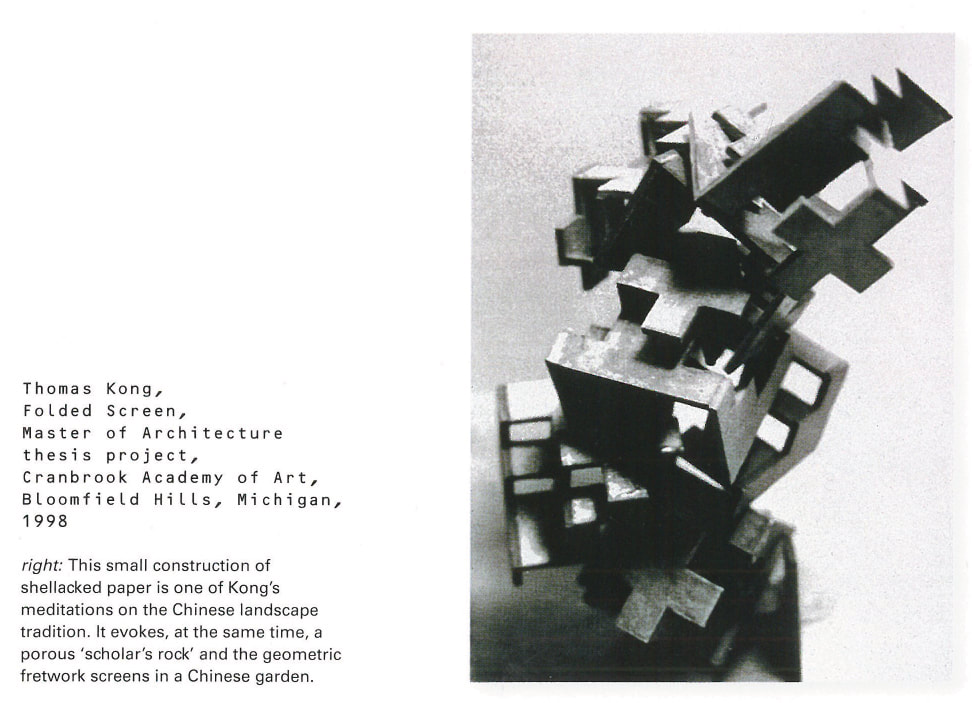
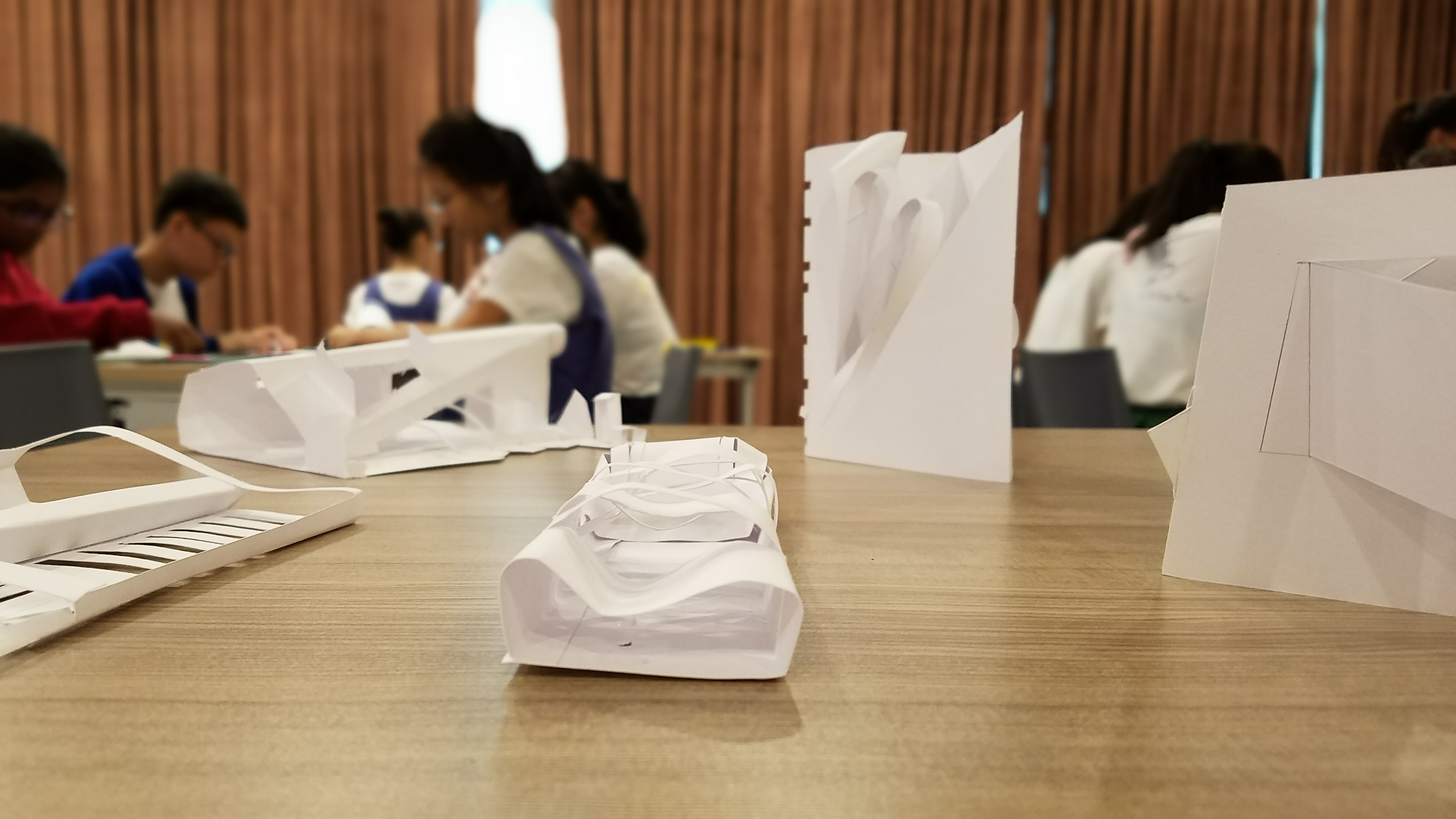
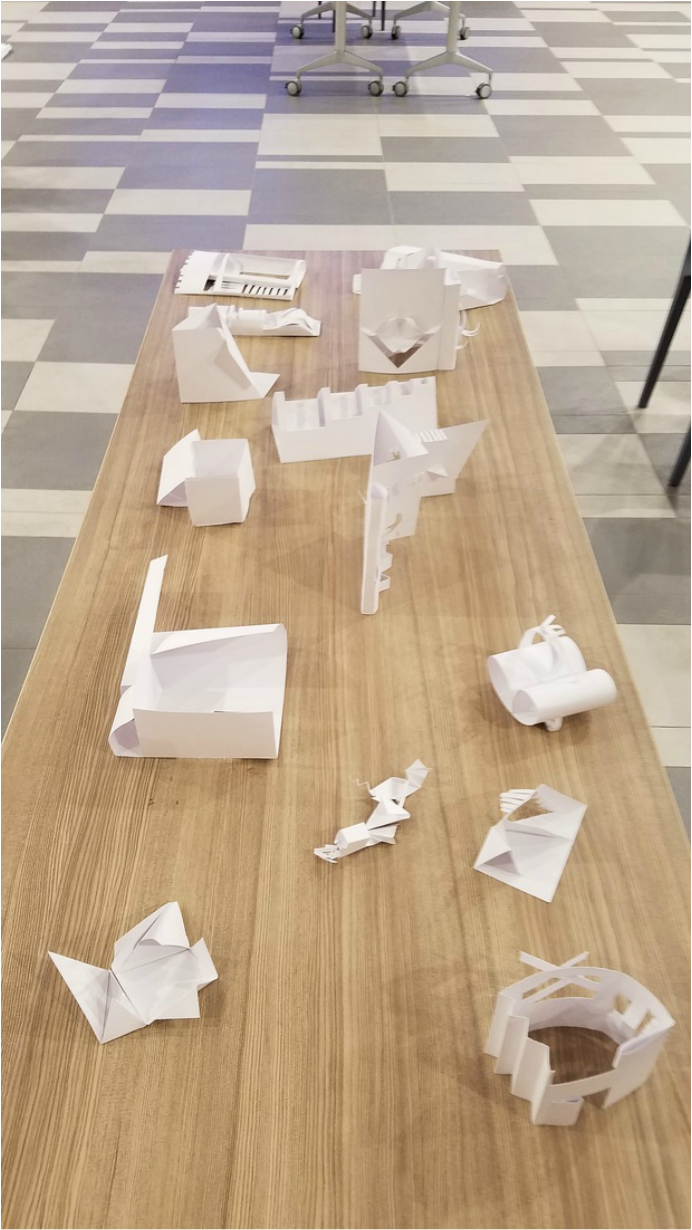


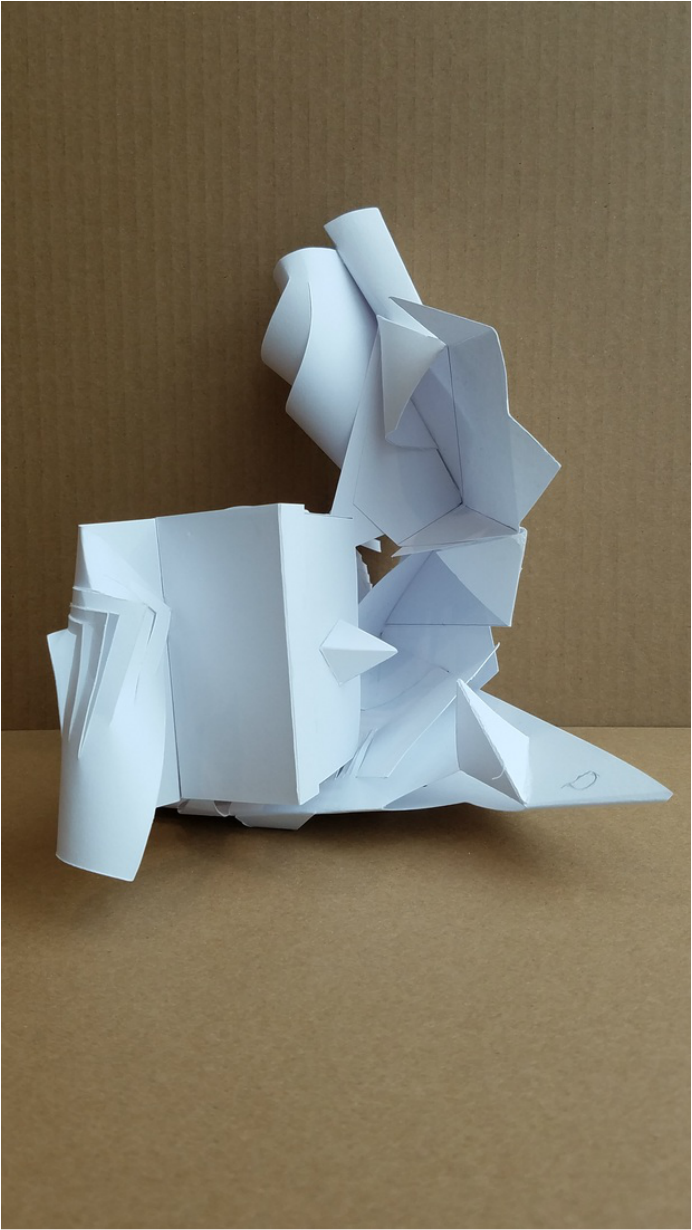


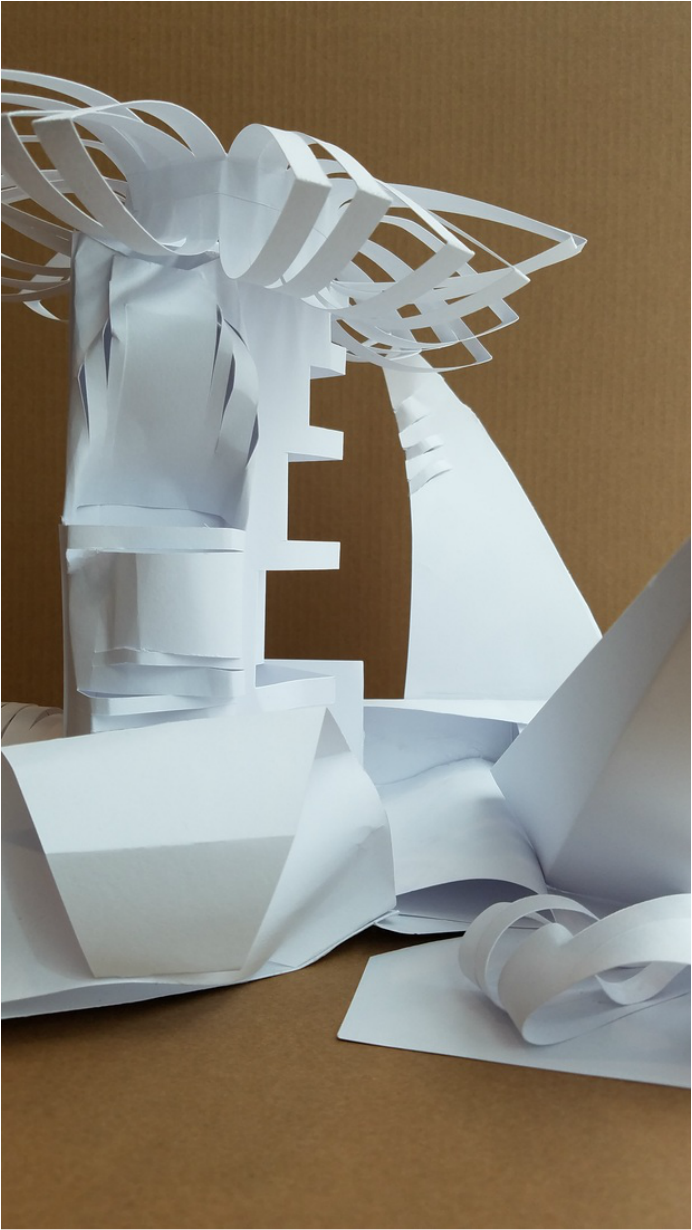
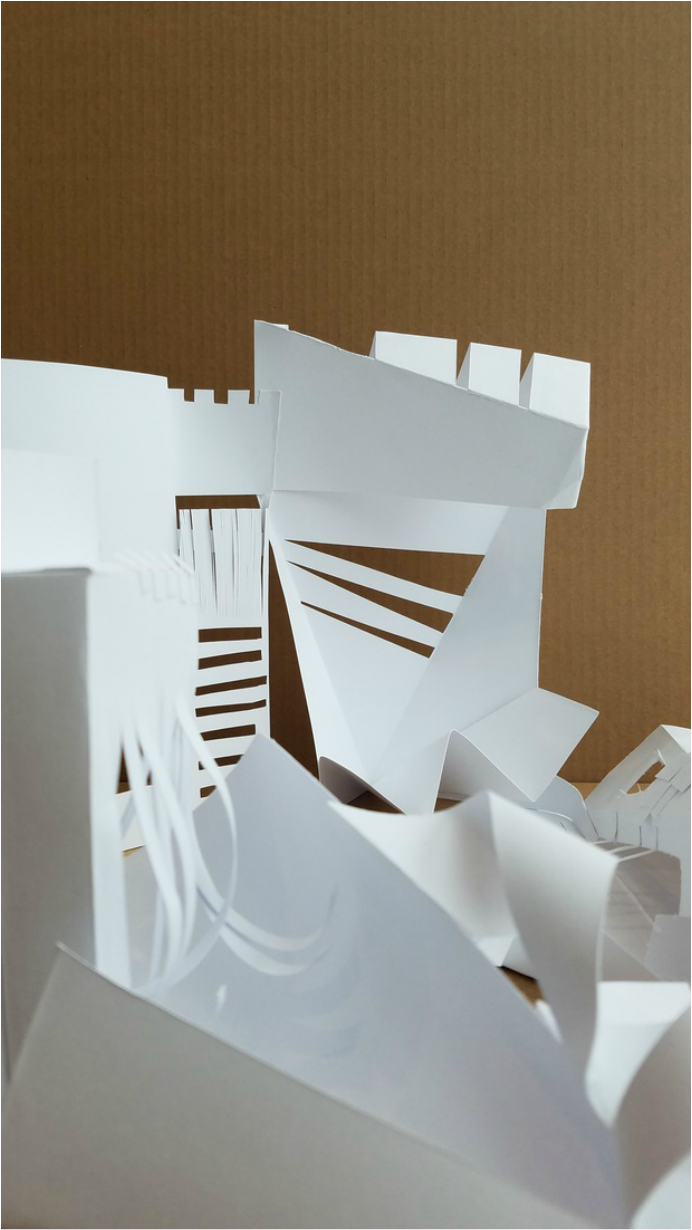

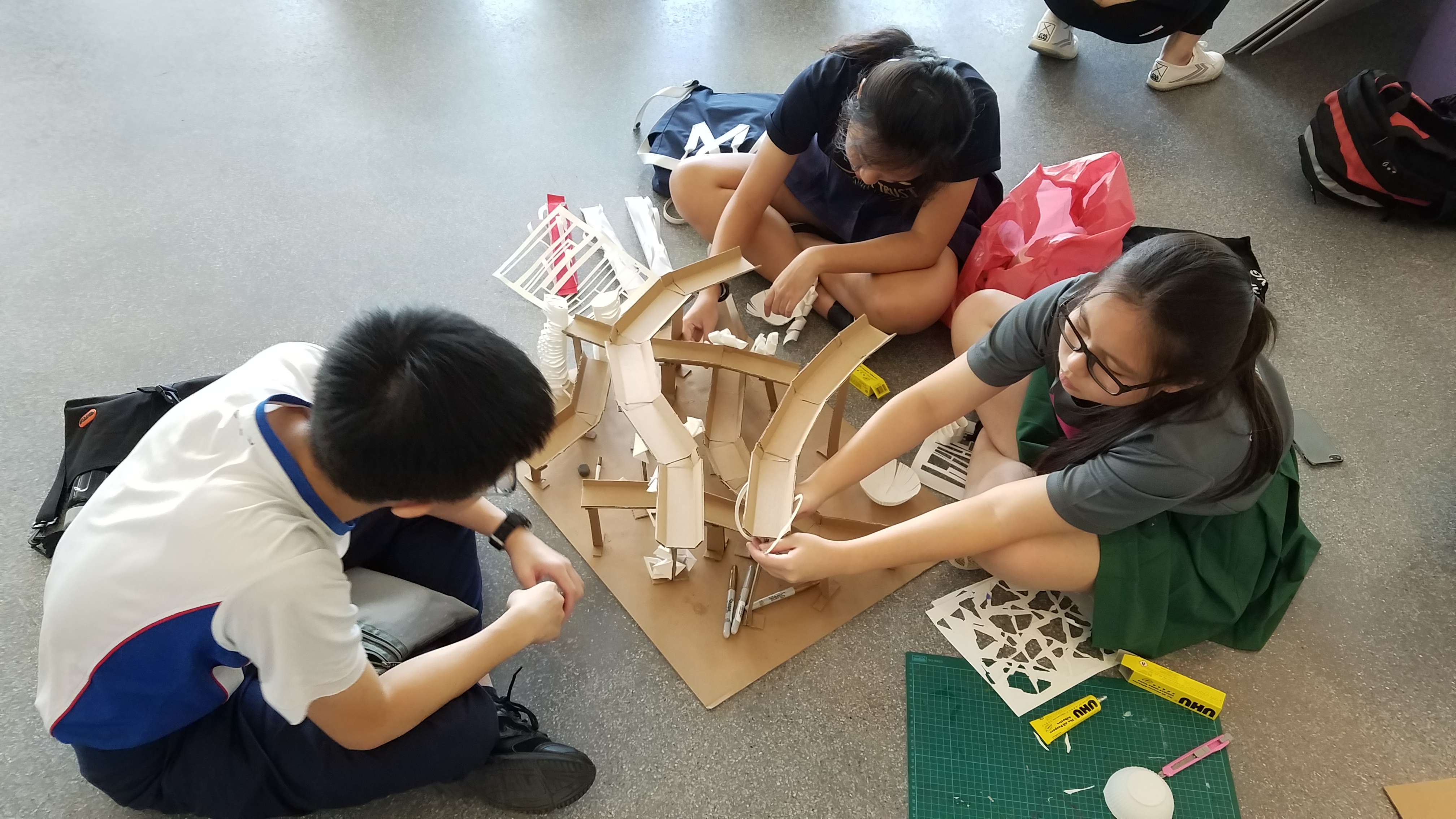

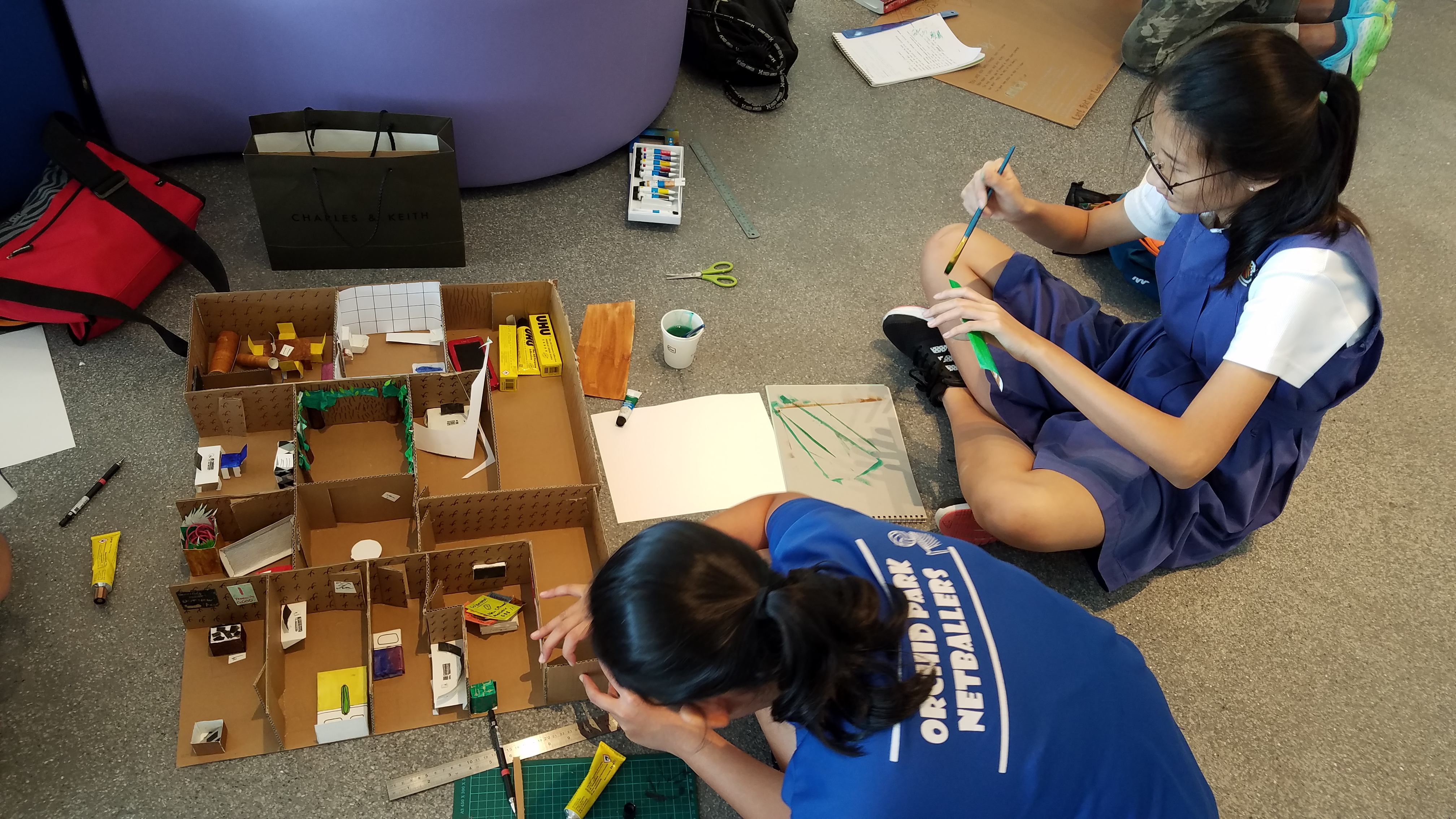




 RSS Feed
RSS Feed
